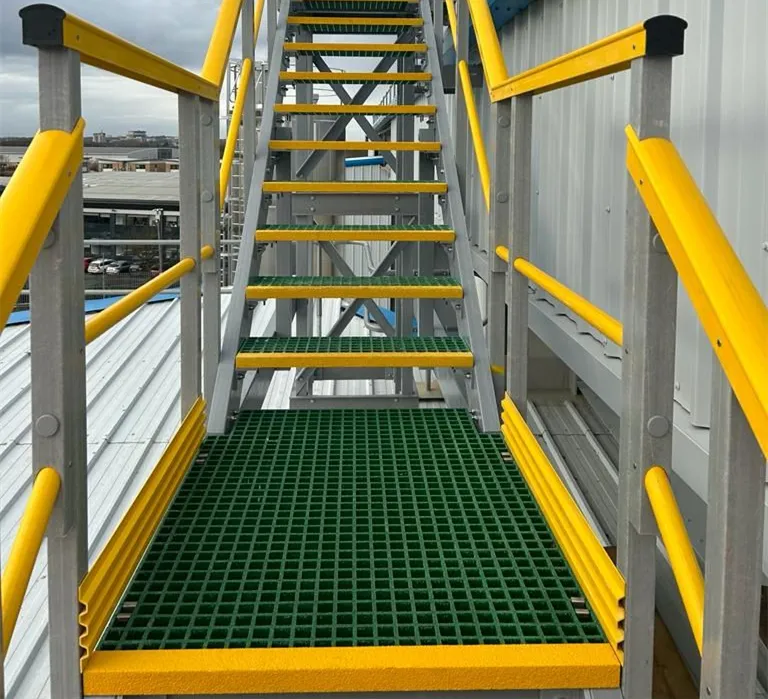loading...
- No. 9, Xingyuan South Street, Dongwaihuan Road, Zaoqiang County, Hengshui, Hebei, China
- admin@zjcomposites.com
- +86 15097380338
- Welcome to visit our website!
Durable Reverse Osmosis Membrane Housing for Efficient Water Purification Systems and Enhanced Filtration Performance
Understanding RO Membrane Housing A Critical Component in Water Purification
Reverse osmosis (RO) technology has become a cornerstone in the realm of water purification, providing a viable solution for both commercial and residential water filtration needs. Central to the effectiveness of an RO system is the RO membrane housing, a pivotal component that ensures the proper functioning of the reverse osmosis process.
What is RO Membrane Housing?
RO membrane housing, often made from durable materials like polycarbonate or fiberglass, is designed to encase the reverse osmosis membrane securely. Its primary function is to facilitate the separation of contaminants from water while maintaining an optimal environment for the RO membrane to operate effectively. The membrane itself is a thin, semi-permeable layer that allows water molecules to pass through while blocking impurities such as salts, heavy metals, and other dissolved solids.
Importance of RO Membrane Housing
The significance of RO membrane housing cannot be overstated. Firstly, it provides structural integrity, protecting the delicate RO membrane from physical damage that can be caused by environmental factors or water pressure. A well-constructed housing unit ensures that the membrane remains intact and functions efficiently over its lifespan.
Moreover, the housing is designed to handle high-pressure conditions typical in reverse osmosis systems. It can withstand the pressure exerted during water filtration, preventing any leaks or failures that could compromise the purification process. This pressure resistance is critical, as even minor leaks can lead to a significant decrease in system performance and eventual water quality issues.
ro membrane housing

Additionally, the housing acts as a barrier against contamination. It keeps the RO membrane isolated from external contaminants, ensuring that the water being filtered is not re-exposed to impurities. This is particularly vital for maintaining the integrity of the water supply, especially in regions where water quality is a concern.
Selecting the Right RO Membrane Housing
Choosing the appropriate RO membrane housing involves multiple considerations. Key factors include the size of the housing, which must be compatible with the RO membrane selected — typically available in different dimensions and configurations. Additionally, the material of the housing should be assessed based on durability and resistance to chemical interactions, especially if the water to be filtered contains aggressive substances.
Another aspect to consider is the housing's design, particularly concerning ease of installation and maintenance. Many modern systems come with features that allow for straightforward installation and cartridge replacement, which is essential for any system requiring regular upkeep.
Maintenance and Longevity
To ensure the longevity of the RO membrane and its housing, it is crucial to perform regular maintenance. This includes periodic checks for leaks, ensuring that connections are secure, and inspecting the condition of the membrane. Regular cleaning and replacements can enhance the performance of the RO system and extend the life of the components.
In conclusion, RO membrane housing plays an indispensable role in the effectiveness of reverse osmosis systems. As a protective barrier, it safeguards the RO membrane and ensures optimal water purification. By understanding its importance and selecting the right housing, users can achieve cleaner, safer water and enjoy the benefits of this advanced water filtration technology for years to come. With the increasing emphasis on water purification worldwide, investing in quality RO systems, including robust membrane housing, is more pertinent than ever.
-
Premium FRP Handrail for All ApplicationsNewsAug.29,2025
-
Low Maintenance FRP Mini Mesh Grating ProductsNewsAug.29,2025
-
Innovative FRP Square Tubes for Modern Industrial SolutionsNewsAug.29,2025
-
FRP Water Storage Tanks Wholesale Solutions for Bulk BuyersNewsAug.29,2025
-
FRP Molded Grating Solutions for Diverse Industrial ApplicationsNewsAug.29,2025
-
Construction Advancements Through FRP Pultruded ProfilesNewsAug.29,2025
-
Why Choose FRP Railings, Guardrails, and Handrail Systems?NewsAug.29,2025
